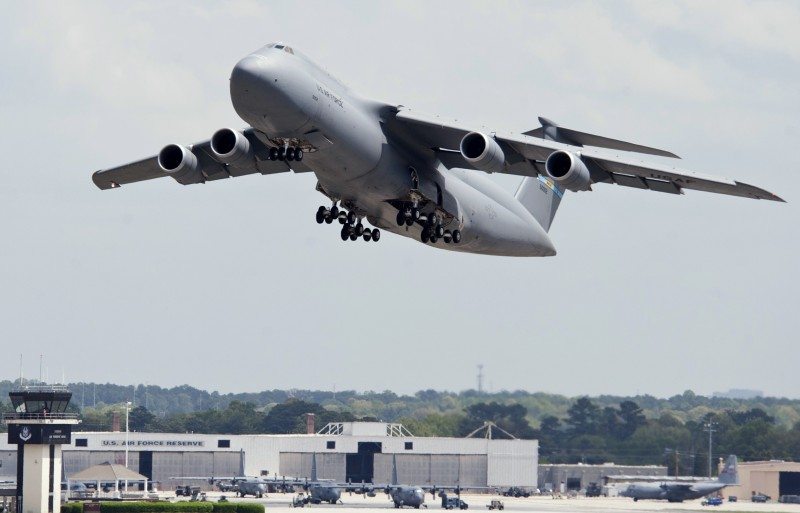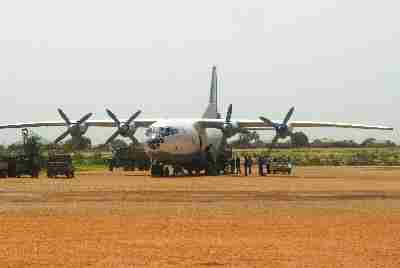Fourteen mobility Airmen teamed together to fly a C-5M Super Galaxy on a direct, non-stop mission from Dover Air Force Base, Del., here June 5 and 6, 2011.
The flight was the first time a U.S. Air Force plane flew this northern route from the U.S., over Canada and into the Arctic Circle, then back down through Russian and Kazakhstan airspace to Afghanistan.
“Everyone involved with this mission worked very hard to make it happen,” said Lt. Col. Thomas Loper, the pilot and aircraft commander for the mission. “We’re also very proud to be a part of the historic mission.”
U.S. Transportation Command and Air Mobility Command officials at Scott AFB, Ill., said the mission was a “proof-of-concept” flight that will help establish future sustainment operations in Afghanistan.
“Our mission is to provide the right effects, to the right place, at the right time through global reach, said Gen. Raymond E. Johns Jr., AMC commander. “This historic proof-of-concept flight is the embodiment of that mission. It provides a valuable new option that allows us to be effective to those we serve.”
AMC’s 618 Tanker Airlift Control Center planners at Scott AFB tasked and built the mission plans for the effort. It’s part of TACC’s continuing effort to support and control airlift and air refueling missions around the globe.
“This mission validates all the hard work TACC planners do every day,”
said Lt. Col. Matthew Ahern, a C-5 pilot with Dover AFB’s 9th Airlift Squadron. Colonel Ahern was also a member of the aircrew for the mission.
AMC officials said the flight was a culmination of months of diplomatic efforts and operational planning, and further illustrates the military’s commitment to finding innovative new ways to operate with increasingly constrained resources.
Maj. John Rozsnyai, a planner in USTRANSCOM operations at Scott AFB, said his command worked with the U.S. State Department, regional combatant commands, AMC, TACC and numerous other agencies to get this historic mission under way.
“This partnership was especially important in coordinating transit agreements with Russia and Kazakhstan,” Major Rozsnyai said, “While civilian airlines have been using the airspace, this was the first time an AMC plane took this direct delivery route.”
To make the entire 15-plus hour flight to Afghanistan, the C-5M was refueled by a KC-135R Stratotanker from the New Hampshire Air National Guard 157th Air Refueling Wing at Pease Air National Guard Base. The refueling took place over northern Canada.
“It’s cool to be a part of a mission like this,” said Master Sgt. Sam Blackwell, an in-flight refueling craftsman from the 157th ARW, who refueled the C-5M to full capacity.
USTRANSCOM planners said this flight is just the beginning of understanding new ways to strengthen the northern corridor.
“There will most likely be other flights that will originate from the western U.S. and won’t require the use of tankers,” Major Rozsnyai said.
“This route used by the C-5M may also be useful for swap-outs of deployed tankers and crews and for redeploying troops. The benefit might also allow for quicker trips saving days at home for deploying Airmen as well as requiring less stops for aircraft.”
The aircrew for the mission combined active-duty and Reserve Airmen.











